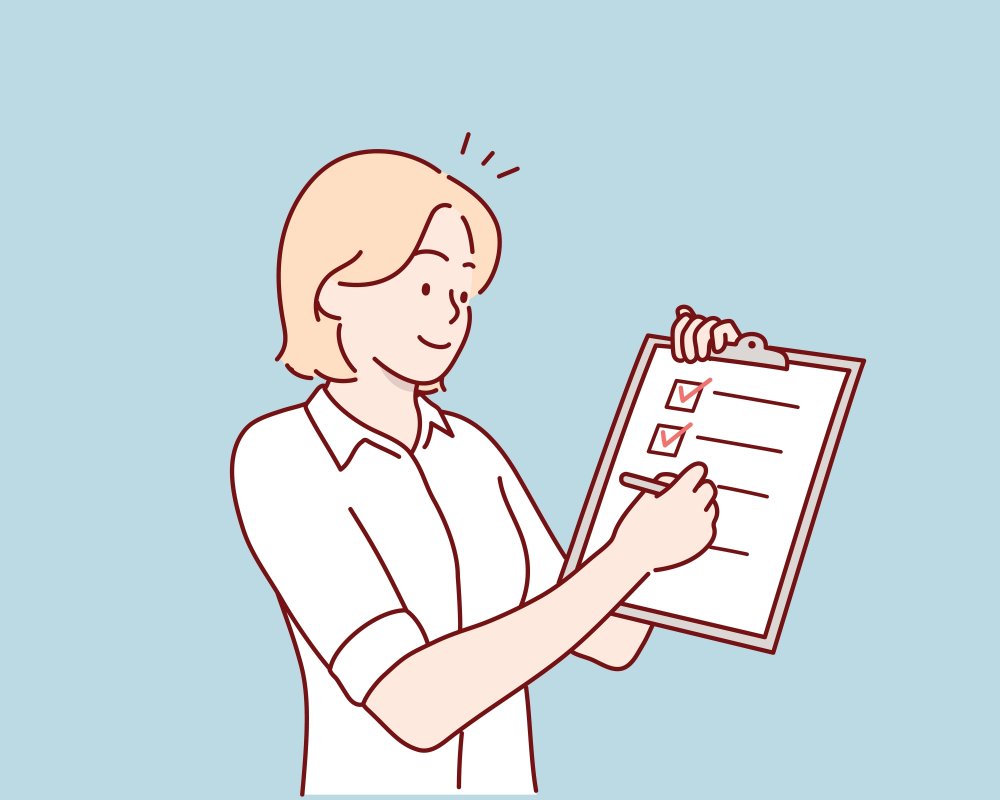After months of teasing, Victoria has published its long-awaited regulations for psychosocial hazards, together with a compliance code targeting psychological safety.
This article breaks down the new requirements for employers operating in Victoria and sets out what you need to do before the law commences from 1 December 2025.
Need help?
Employers need to be able to show the safety regulator that they are satisfying their obligations when it comes to managing the risks arising from psychosocial hazards. Just like the management of the risks arising from physical hazards: proactive action is required.
If you require assistance in getting your business compliant with work health and safety law, get in touch on 1300 565 846 or email info@ablawyers.com.au.
1. What has happened?
Victoria has introduced a new and separate regulation addressing psychosocial risk management: Occupational Health and Safety (Psychological Health) Regulations 2025 (Psychological Regulations).
Unlike every other state and territory across the country, Victoria has decided against simply inserting specific “psychosocial” provisions into their existing Occupational Health and Safety Regulations 2017 (OHS Regulations).
Importantly, the Psychological Regulations must be complied with by all employers operating in Victoria to remain compliant with Victorian OHS law.
2. When do the Psychological Regulations commence?
The Psychological Regulations commence from 1 December 2025.
If you’re not sure what to do: no need to panic just yet. The deferred commencement date provides all employers that operate in Victoria a period of at least two months to ensure that their approach to psychological health and safety complies with the new law.
3. What are the new obligations for Psychosocial Hazards?
The Psychological Regulations require employers to comply with three new obligations that regulate the risk management of psychosocial hazards:
- Identify psychosocial hazards in the working environment.
- Manage the risks associated with psychosocial hazards by following the new approach set out in the Psychological Regulations (see Question 6 below); and
- Review control measures implemented to reduce the risks associated with psychosocial hazards.
Each obligation is directly tied to compliance with the main duty of employers under Victorian OHS law: to provide and maintain a working environment that is safe and without risks to health. This means a failure to comply these new express obligations may constitute a breach of that main duty.
In relation to psychosocial hazards, the main duty of employers also extends to the health and safety of any independent contractors engaged by the business (and any employee of an independent contractor).
4. What about other people?
Employers must also ensure that persons other than employees (e.g. customers, clients, members of the community, etc.) are not exposed to risks to their health or safety arising from the business operations of the employer.
To comply with this duty, employers should not omit consideration of risks to persons other than employees when identifying psychosocial hazards.
5. How is a “Psychosocial Hazard” defined?
The Psychological Regulations include a definition of “psychosocial hazard” that has a different formulation to the rest of the country.
A psychosocial hazard is any factor or factors in:
- the work design (i.e. the equipment, content and organisation of an employee's work tasks, activities, relationships and responsibilities within a job or role)
- the systems of work (i.e. the way work is planned, organised and done)
- the management of work
- the carrying out of the work (i.e. how, when and where a task is done)
- personal or work-related interactions
that may:
- arise in the working environment; and
- cause an employee to experience one or more negative psychological responses that create a risk to the employee’s health or safety.
What is a “negative psychological response”?
This new term is used to describe the initial impact of exposure to a psychosocial hazard. It directs attention to a person’s emotional and behavioural response following exposure to a psychosocial hazard. Examples of a “negative psychological response” include stress, distress, feeling stressed or feeling burnt out.
Importantly, that “negative psychological response” experienced by an employee is not in and of itself a “psychological injury”.
Rather, an employee could experience psychological injury from exposure to frequent, prolonged or severe negative psychological response experiences. Such experiences are often categorised under the heading “stress”.
It is useful to consider what the Psychological Health Compliance Code says about that:
Stress itself is not a psychological injury. For some people, a dynamic or busy working environment can be motivating, enhance focus and lead to better performance, if exposure to any psychosocial hazards is managed. But experiencing frequent, prolonged or severe periods of stress can lead to psychological or physical harm, or both.”.
Although no other state or territory refers to “stress” or a “negative psychological response” in their WHS regulations – this concept is not new. Guidance material and/or codes of practice published by each Safety Regulator across the country refers to the relationship between “stress” and psychosocial hazards.
What are examples of psychosocial hazards?
The Psychological Regulations include a helpful list of examples of psychosocial hazards:
- aggression or violence
- bullying
- exposure to traumatic events or content
- high job demands
- low job control
- low job demands
- low recognition and reward
- low role clarity
- poor environmental conditions
- poor organisational change management
- poor organisational justice
- poor support
- poor workplace relationships
- remote or isolated work
- sexual harassment.
That list is consistent with the “common psychosocial hazards” set out in guidance material and codes of practice published by Safety Regulators across the country.
The Psychological Regulations introduce a new hierarchy of control measures to reduce the risk of harm associated with psychosocial hazards.
Step 1: Eliminate
As with all approaches to risk management, the first step is to eliminate so far as reasonably practicable, the hazard that creates the risk to health and safety. If this cannot be achieved, an employer must turn to reducing (or minimising) the risk so far as reasonably practicable.
Step 2: Attempt Change
To reduce the risks, employers must first attempt to make changes to one or more of the following:
- the management of work (e.g. decision-making structures)
- the plant (including any machinery, equipment, applicant, implement and tool)
- the systems of work (i.e. the way work is planned, organised and done)
- the work design (i.e. the equipment, content and organisation of an employee's work tasks, activities, relationships and responsibilities within a job or role)
- the workplace environment (e.g. lighting, noise, vibration, etc).
This step recognises that changes to one or more of the above factors is a more effective control measure than using information, instruction or training.
Step 3: Using information, instruction or training
Employers may also use information, instruction or training as a control measure to reduce or minimise the risks. However, because it is considered less effective as a control measure, two conditions regulate its use as a control measure.
Employers that propose to use information, instruction or training to reduce risks must ensure that it is not implemented as:
- the exclusive control measure for a psychosocial hazard – unless it is not reasonably practicable to make a change contemplated by Step 2; or
- the predominant control measure for a psychosocial hazard when a combination of control measures are used.
Consultation
Ahead of making decisions about the control measures to be implemented, employers must consult with employees about the proposed controls.
7. How to review the selected control measures?
Consistent with the risk management of other hazards in the working environment, an employer must review and, if necessary, revise any measures implemented to control risks associated with any psychosocial hazards.
This must occur:
- before any change is made to any thing, process of system of work that is likely to result in changes to the risks associated with psychosocial hazards
- if new or additional information about a psychosocial hazard becomes available to the employer
- if a psychological injury or psychosocial hazard is reported to the employer (e.g. by an employee)
- after a notifiable incident that involves one or more psychosocial hazards
- if the selected control measures do not adequate control the risks associated with a psychosocial hazard
- a health and safety representative makes a request.
8. Do the Psychological Regulations include anything else employers should know about?
The balance of the Psychological Regulations carry over provisions that currently apply in relation to physical hazards in the OHS Regulation so that they now apply to “psychosocial hazards”.
Those provisions include:
- how to involve health and safety representatives (if applicable) in consultation
- issue resolution procedures (if there is no relevant agreed procedure); and
- extending the main employer duty to cover the health and safety of any independent contractors engaged by the business (including employees of the independent contractor) in relation to the employer’s obligations concerning psychosocial risk management.
9. What should employers in Victoria do before 1 December 2025?
Prior to 1 December 2025, all employers operating in Victoria should take the following steps:
- Prioritise getting across the new regulations (reading the code of compliance may also assist with this exercise). Now is the time to ask questions and seek advice if you are uncertain about what compliances requires.
- Review any existing risk management procedures to ensure they identify psychosocial hazards, include control measures that are consistent with the new approach, and address risks to employees and others (including independent contractors engaged by the employer, and employees of the independent contractor).
- Review consultation practices in relation psychosocial hazards. Employers have a duty to consult with employees before making changes or decisions that may impact their health and safety (even if for the better!).
- Review and update your OHS documentation as necessary. A change to the Victorian OHS law provides a timely opportunity for employers to review OHS related policies and procedures to ensure they continue to be suitable, adequate and compliant with the law.













